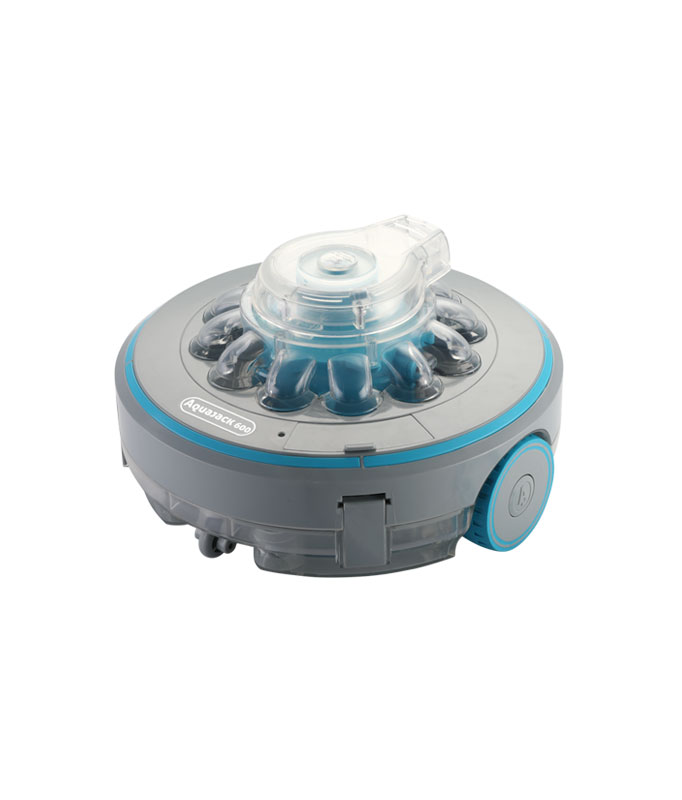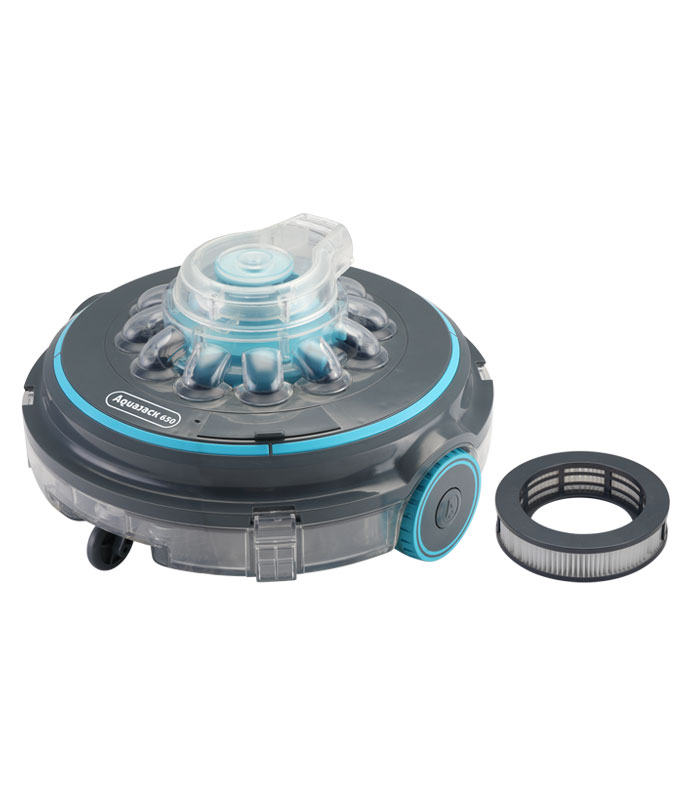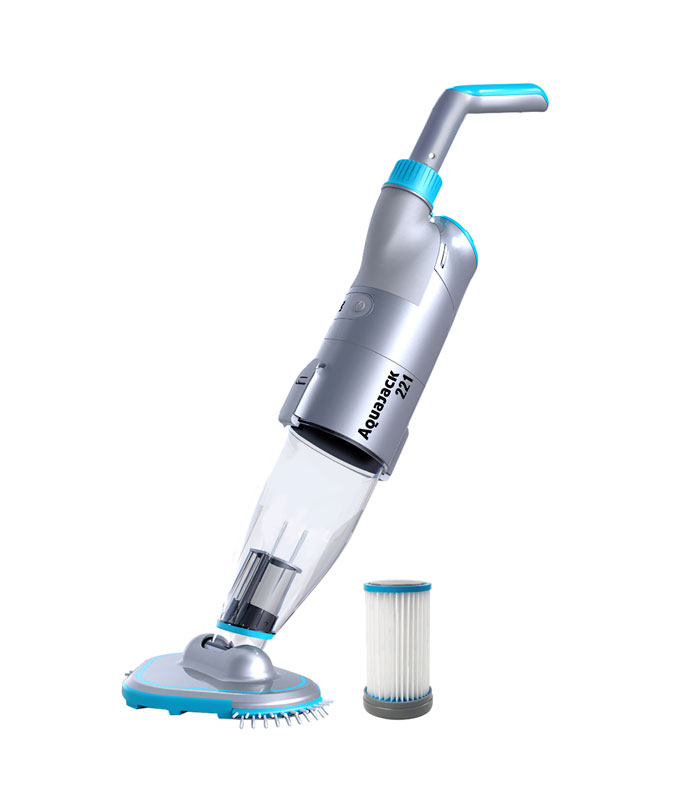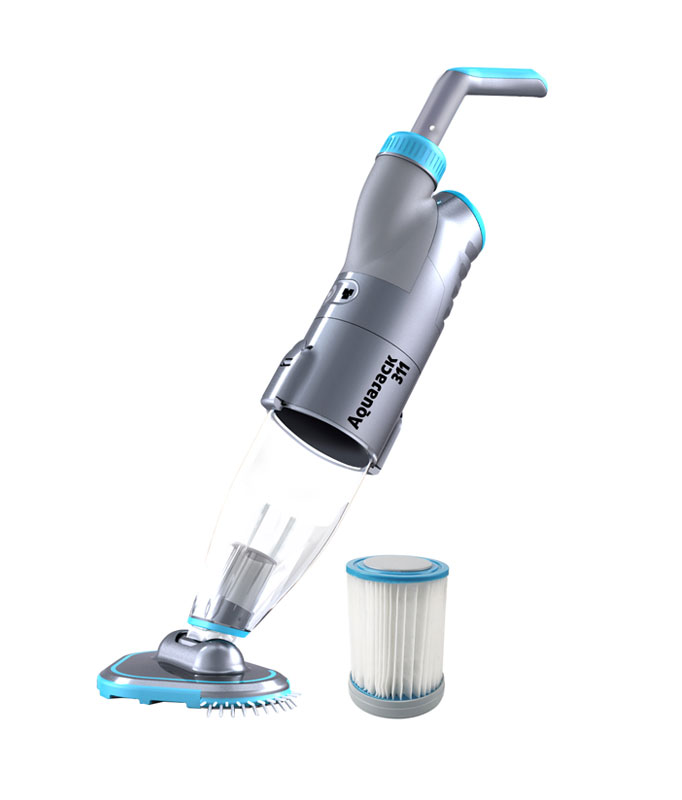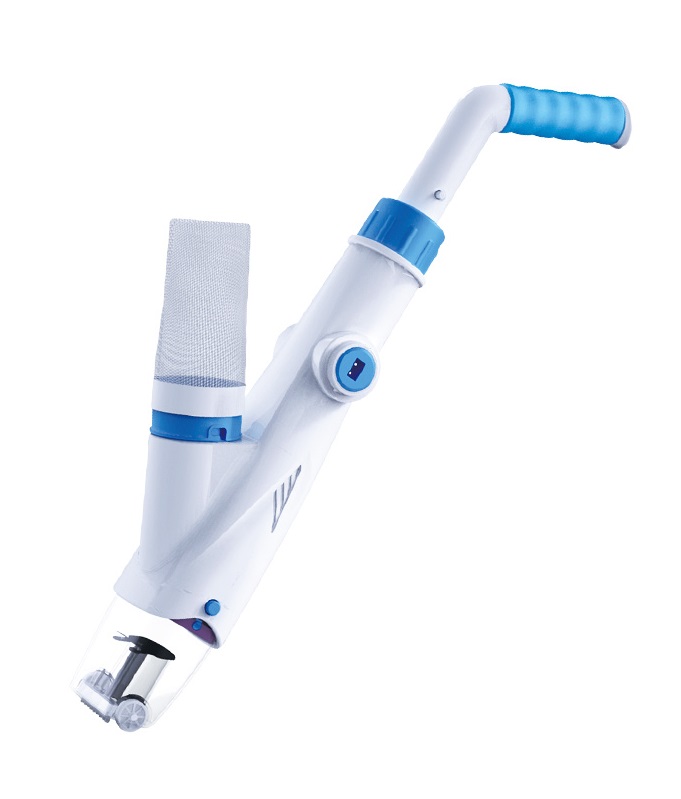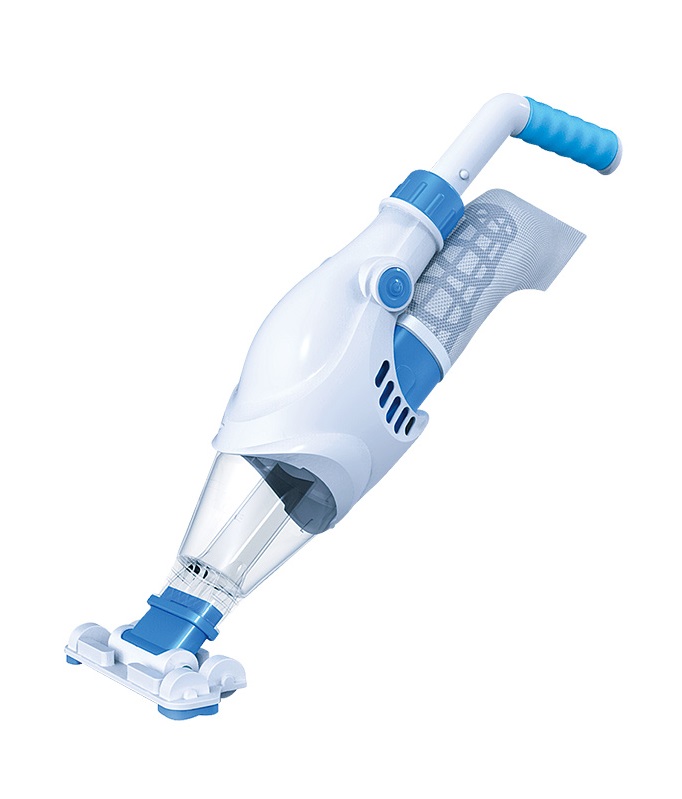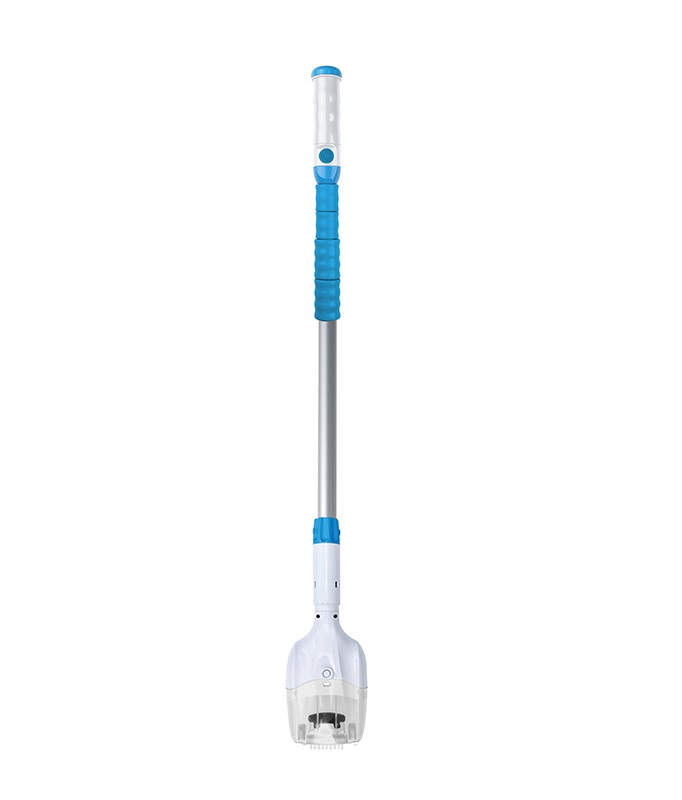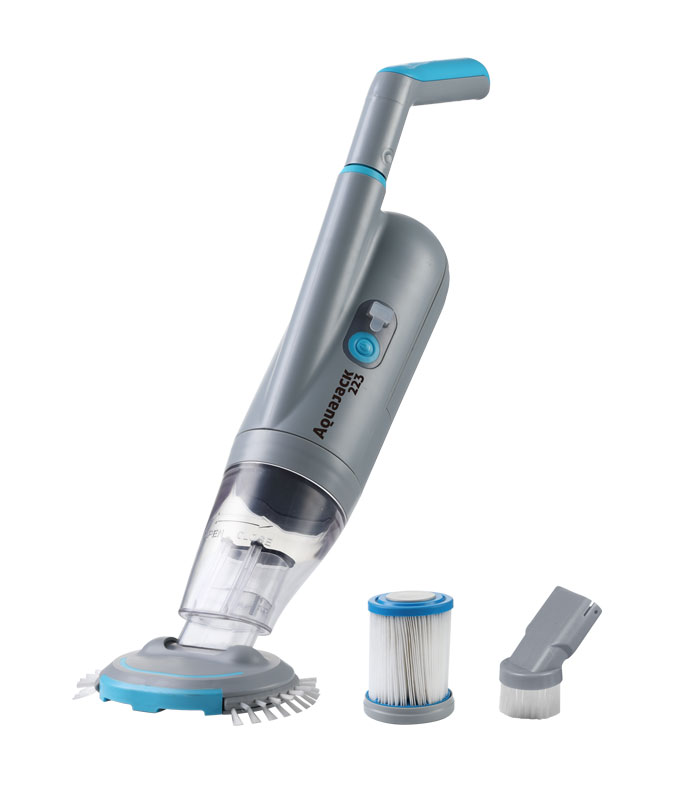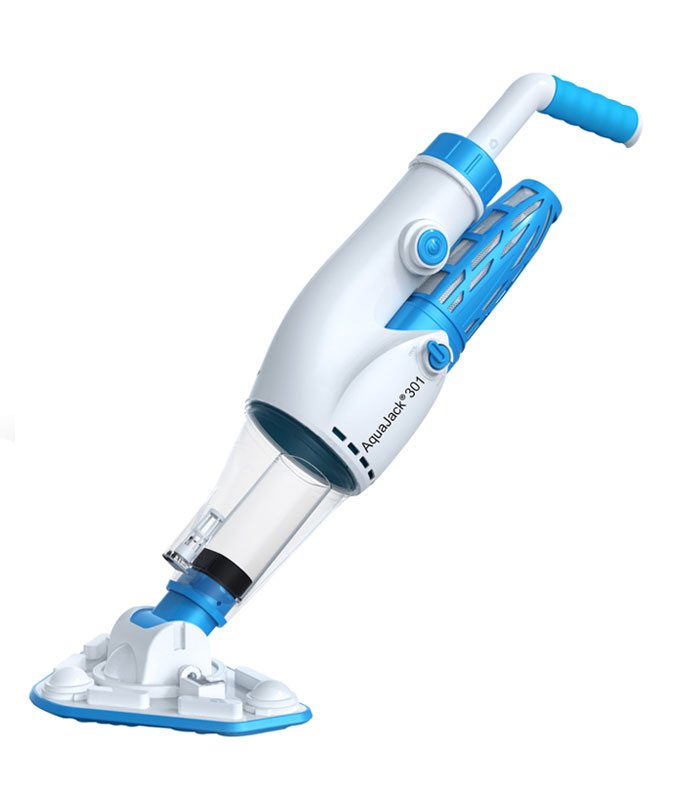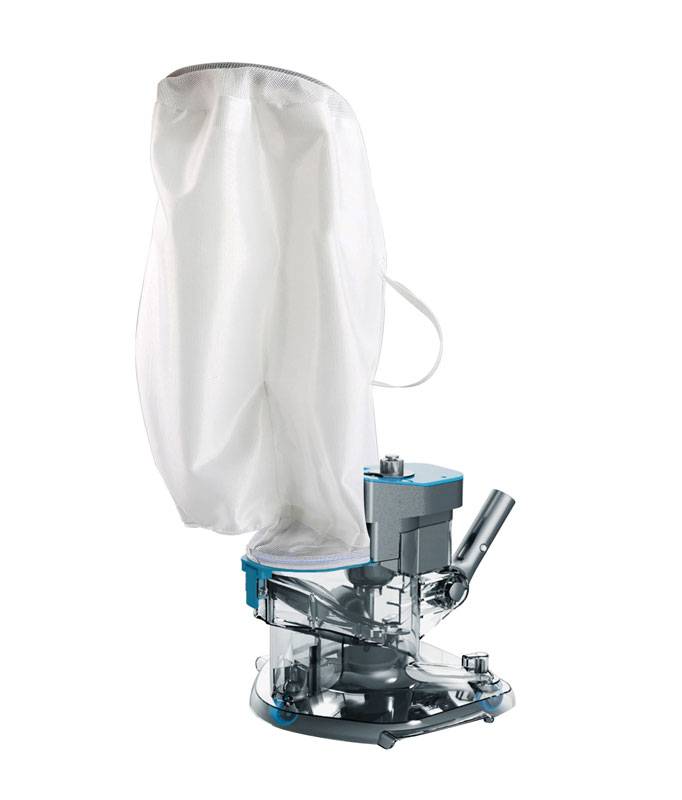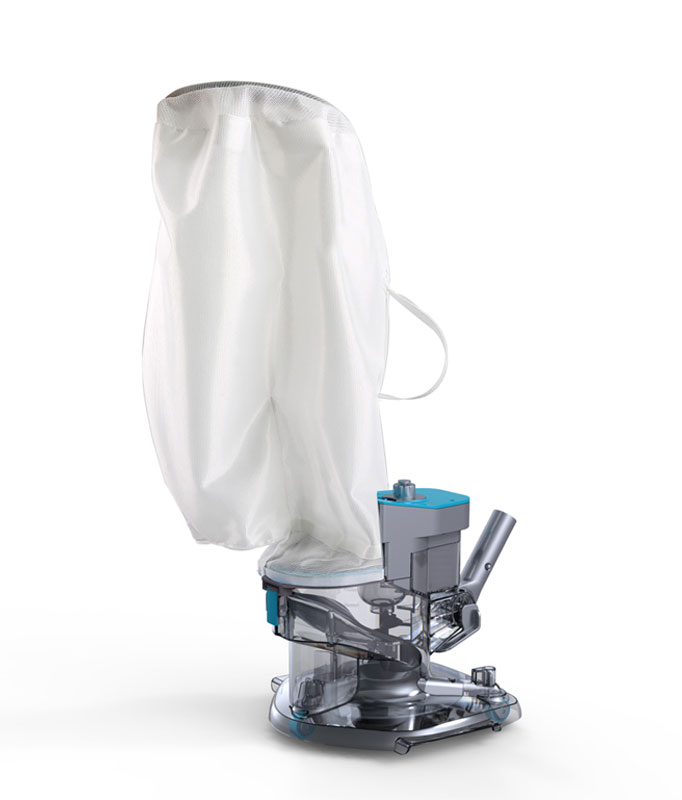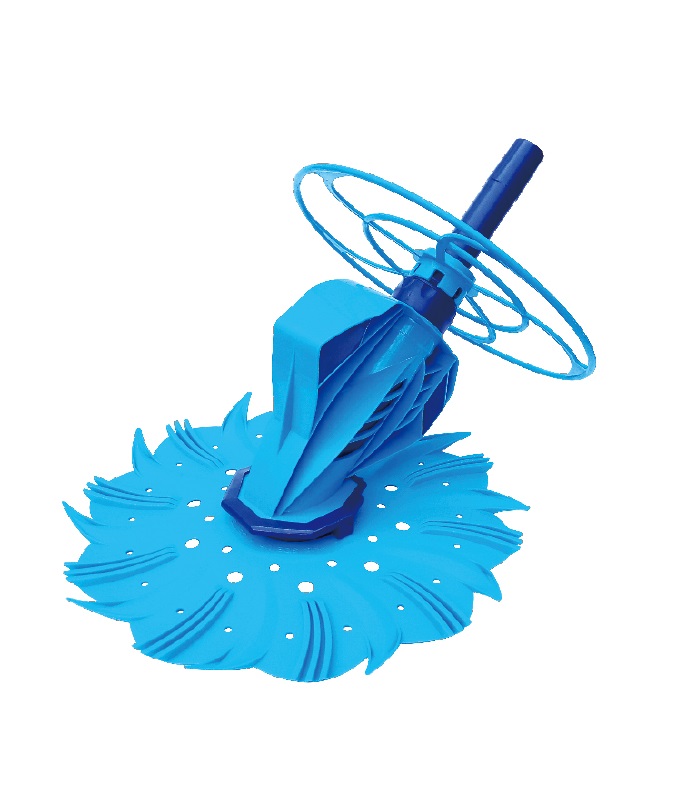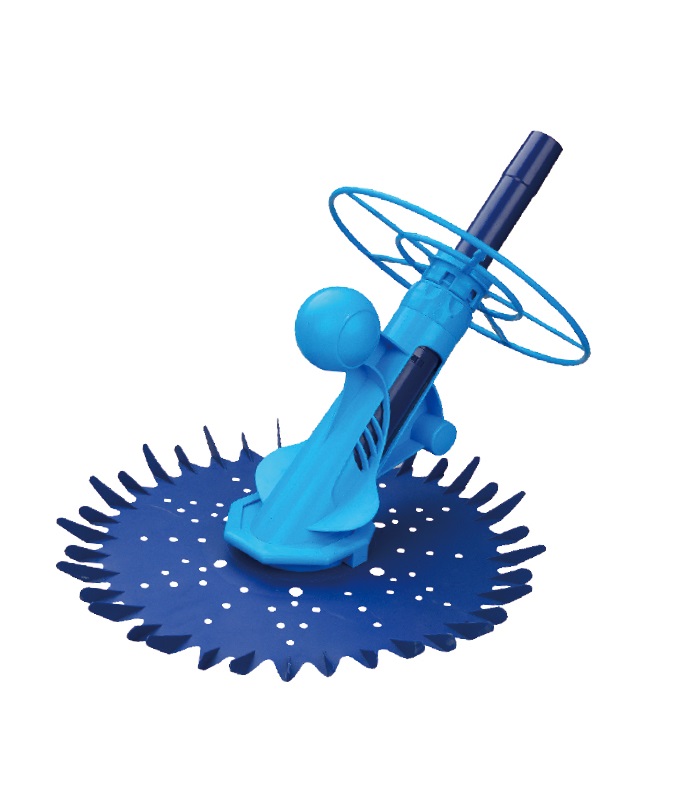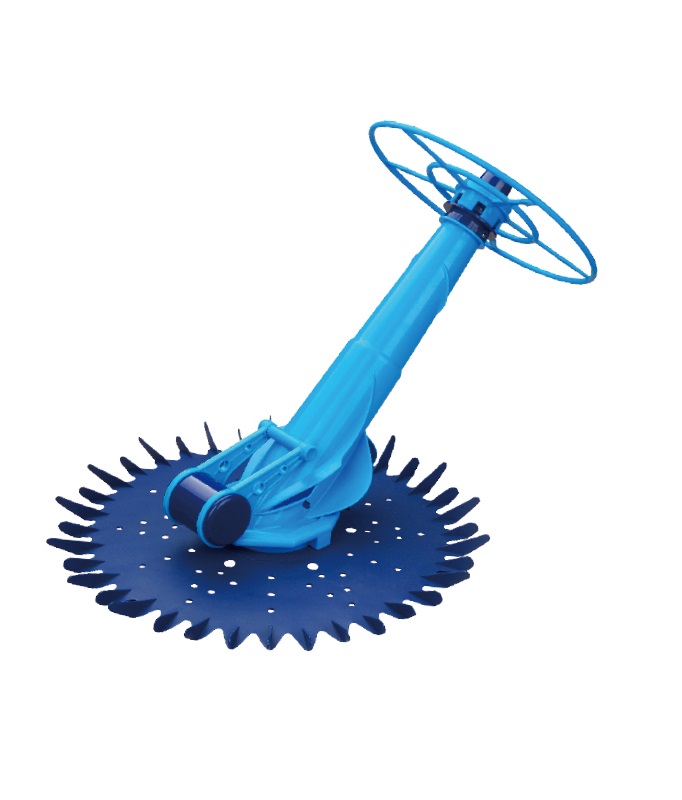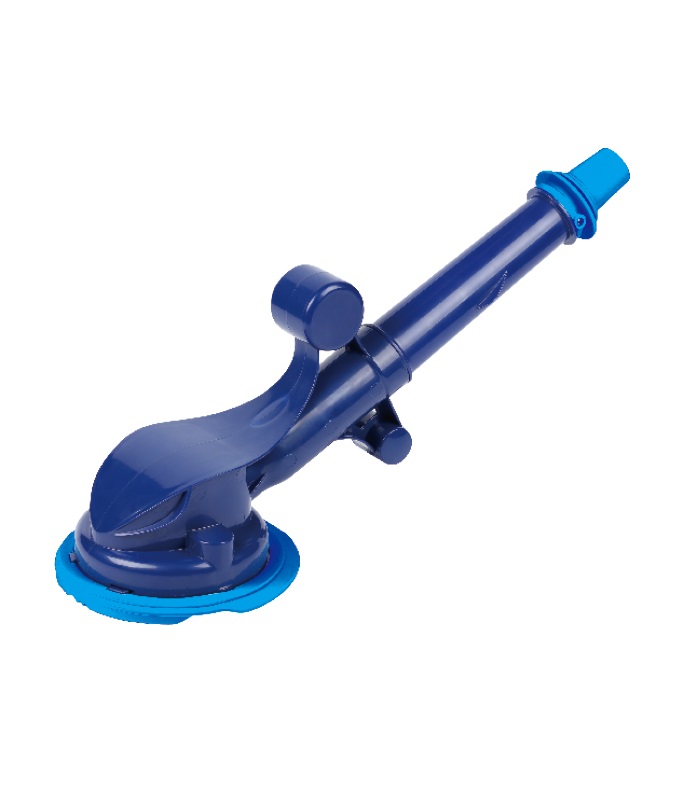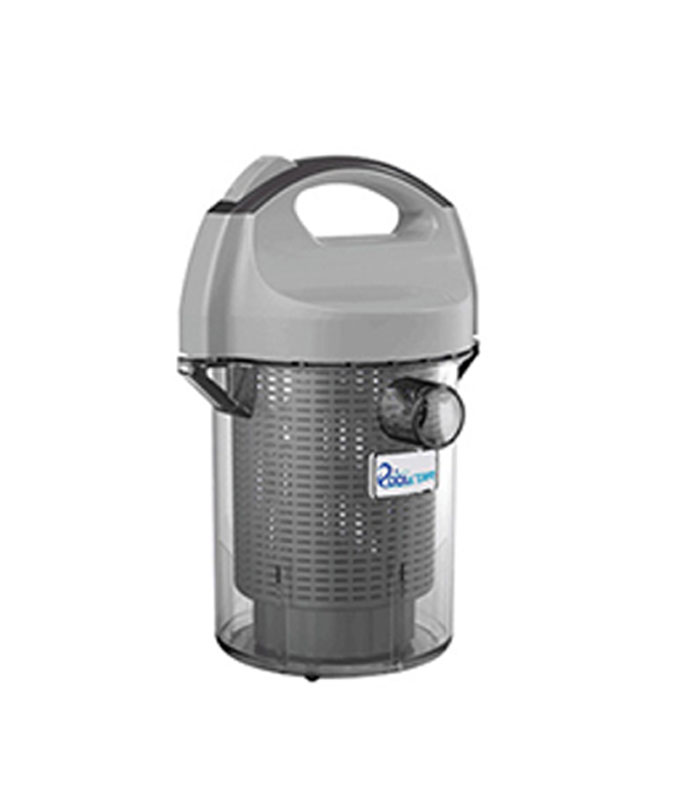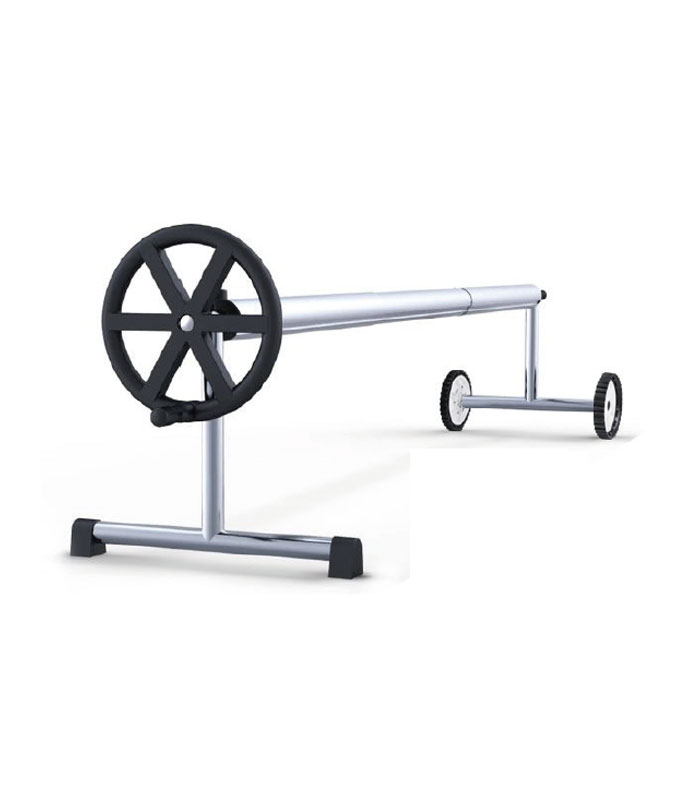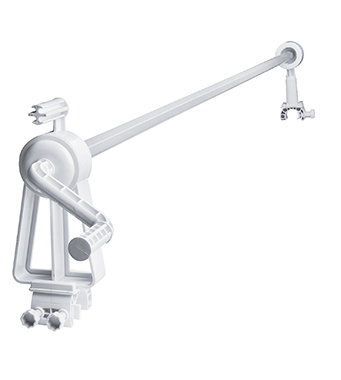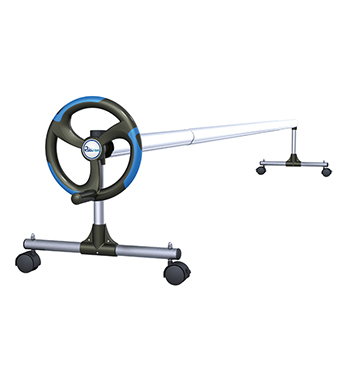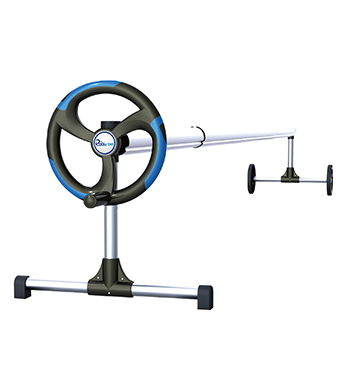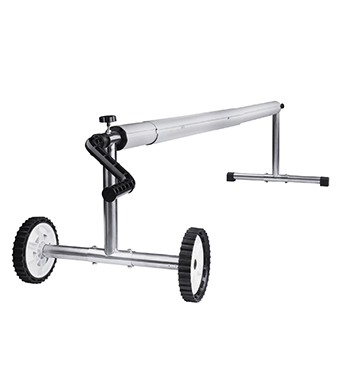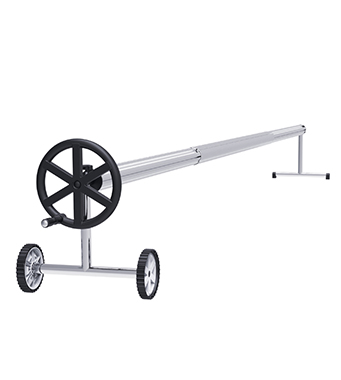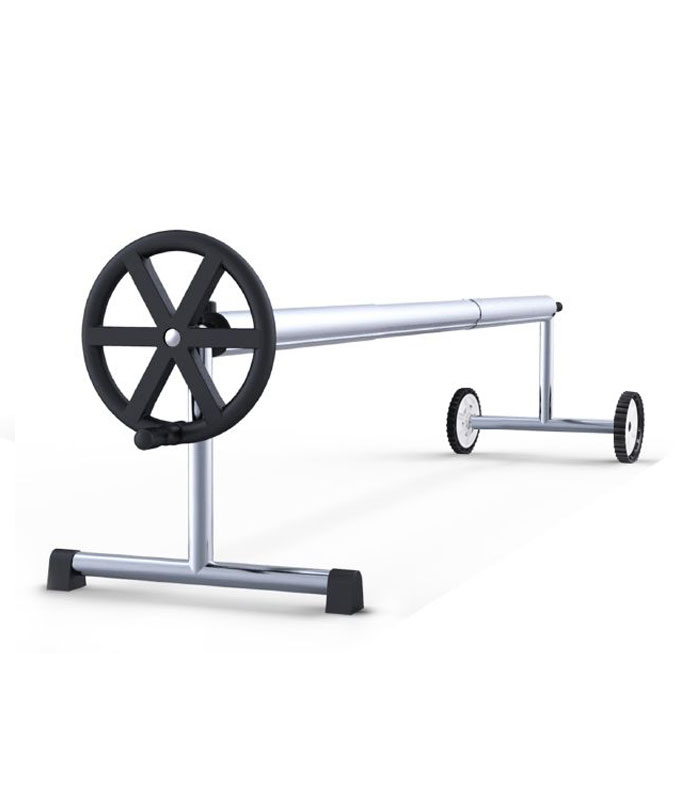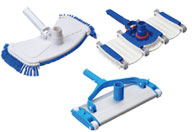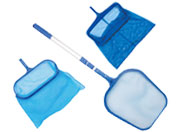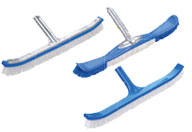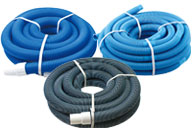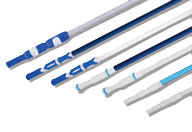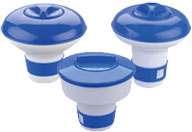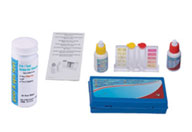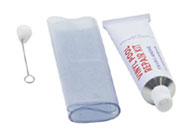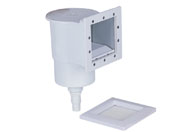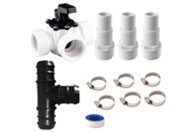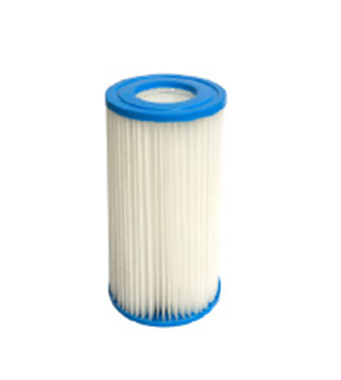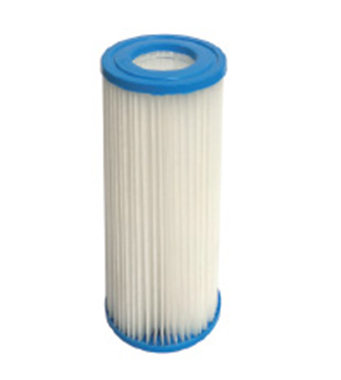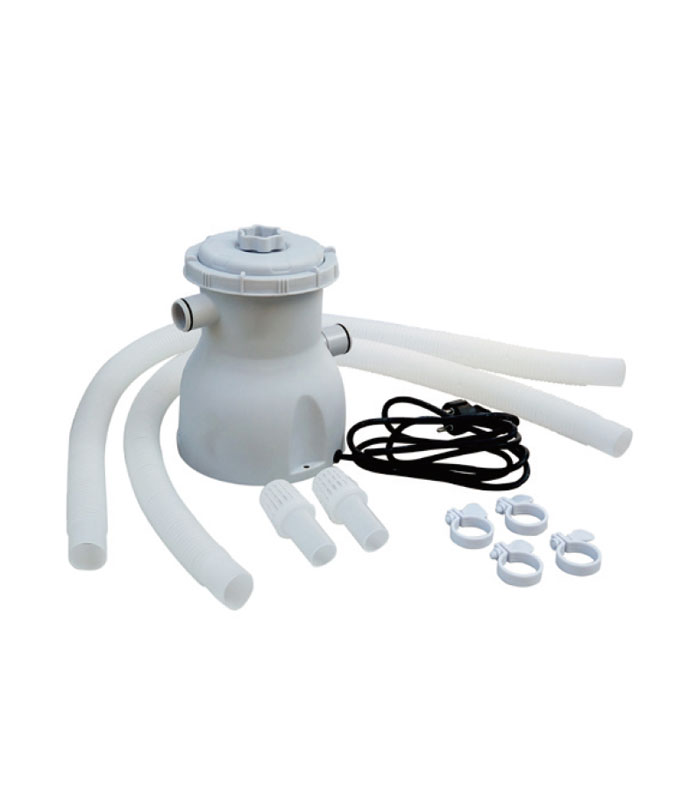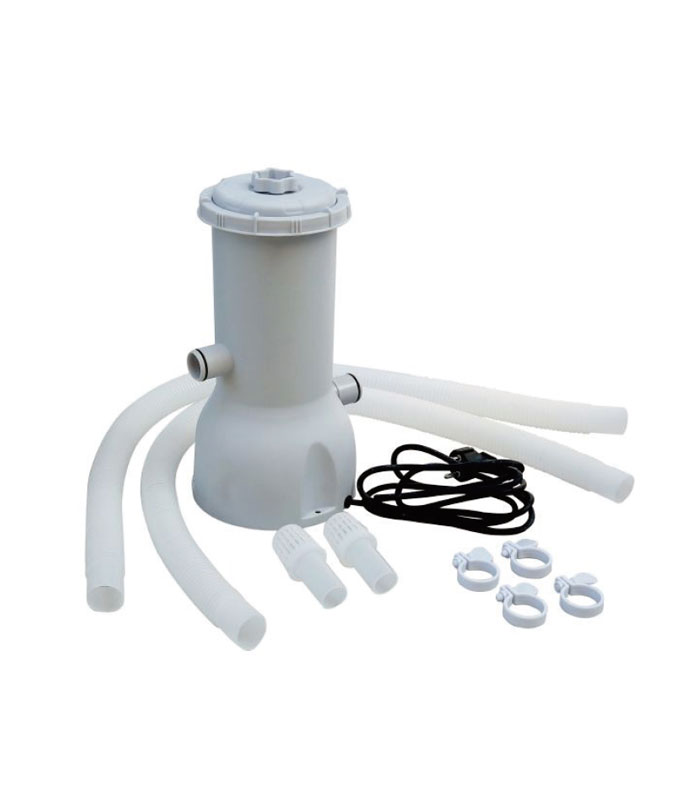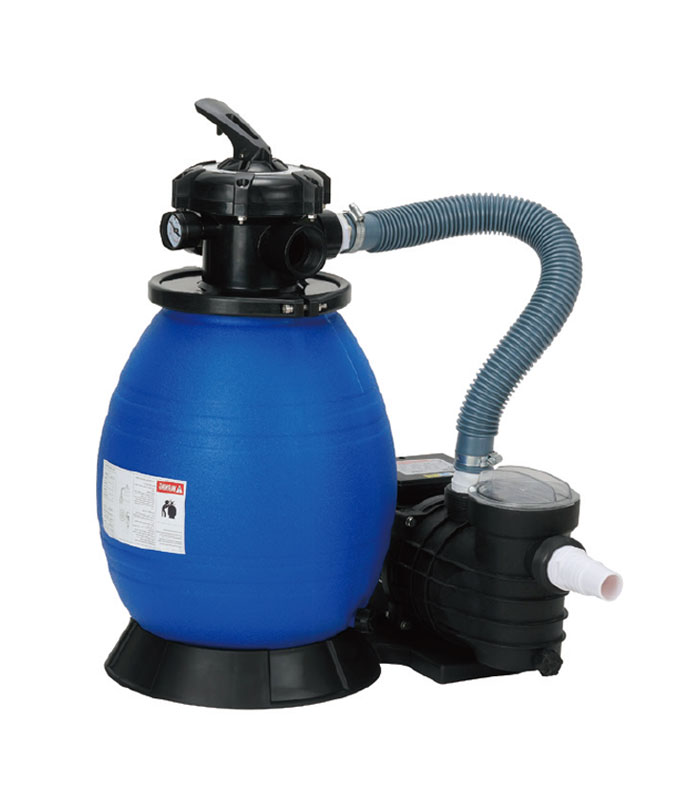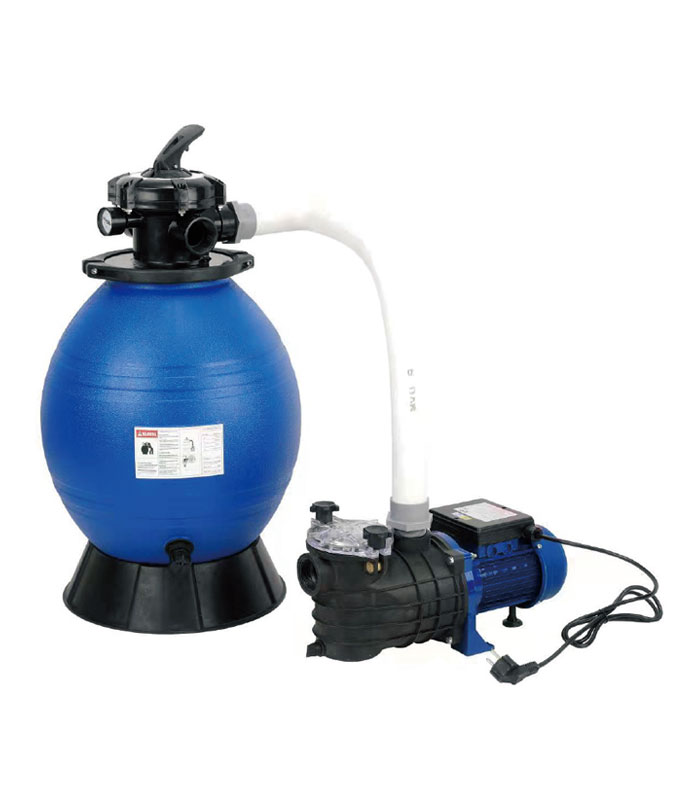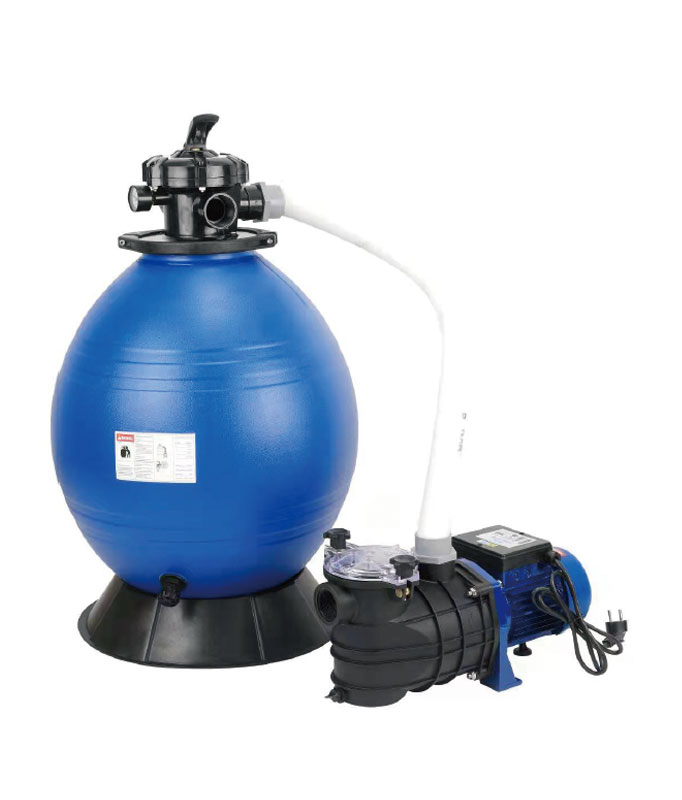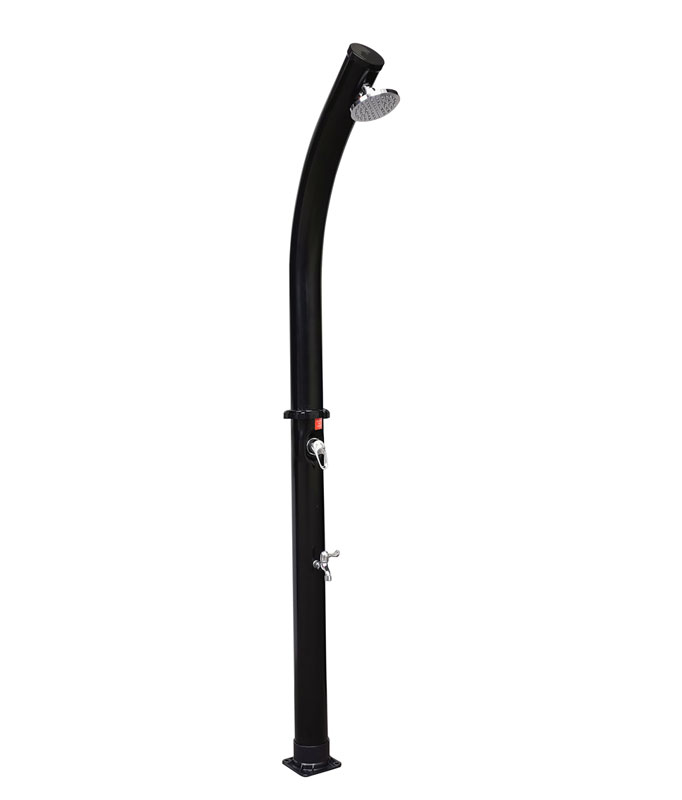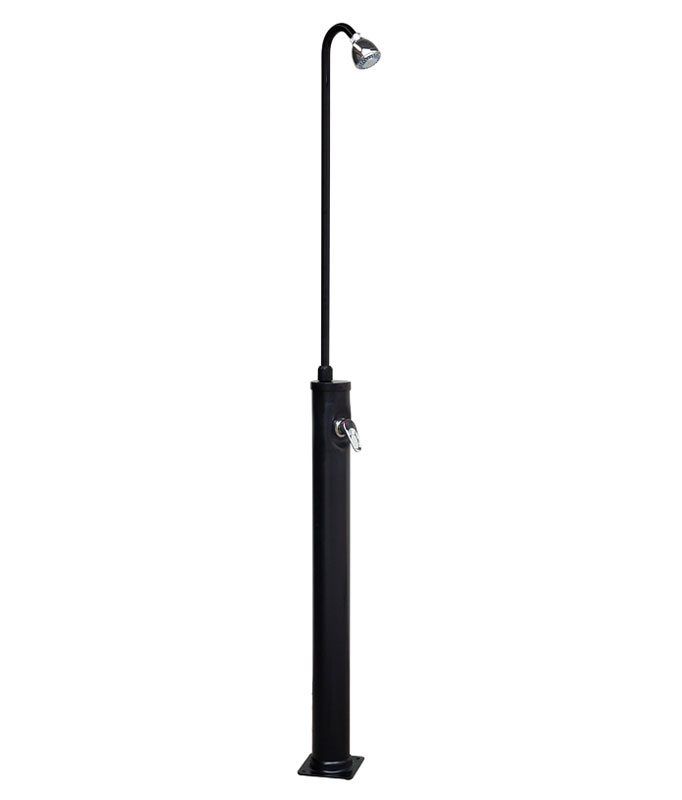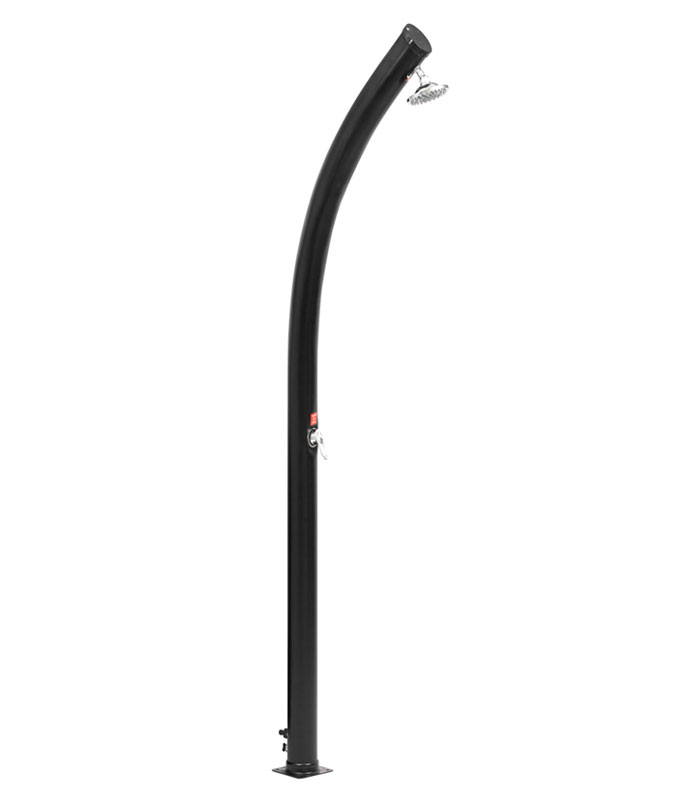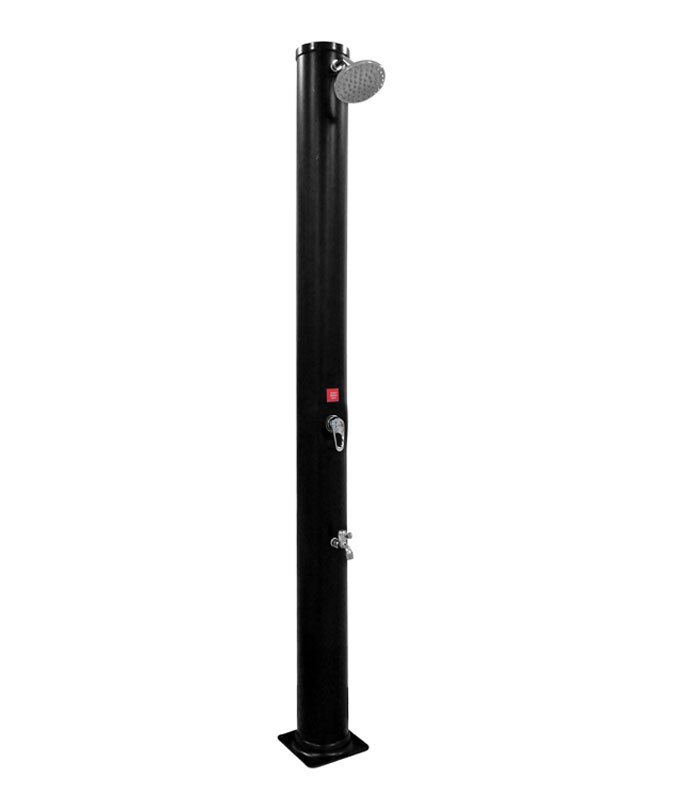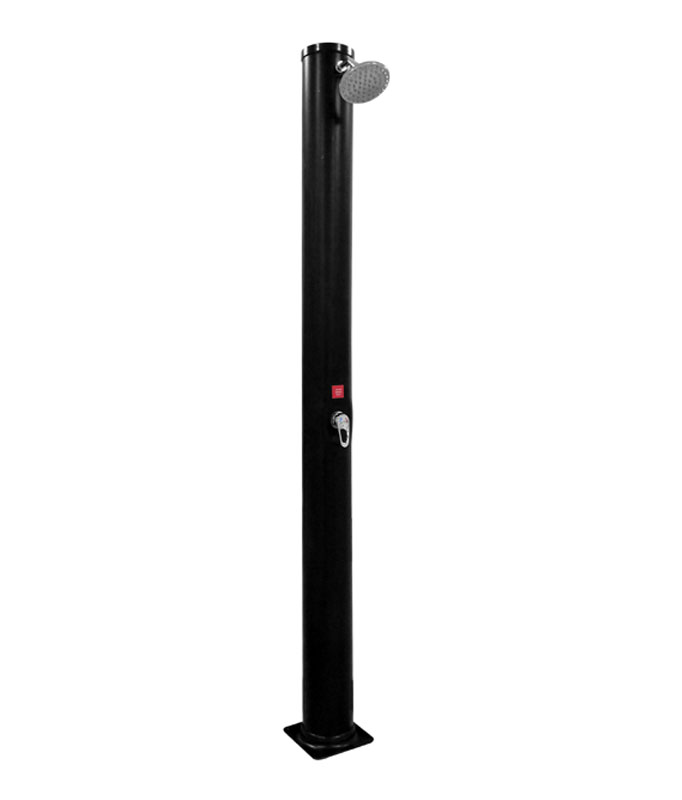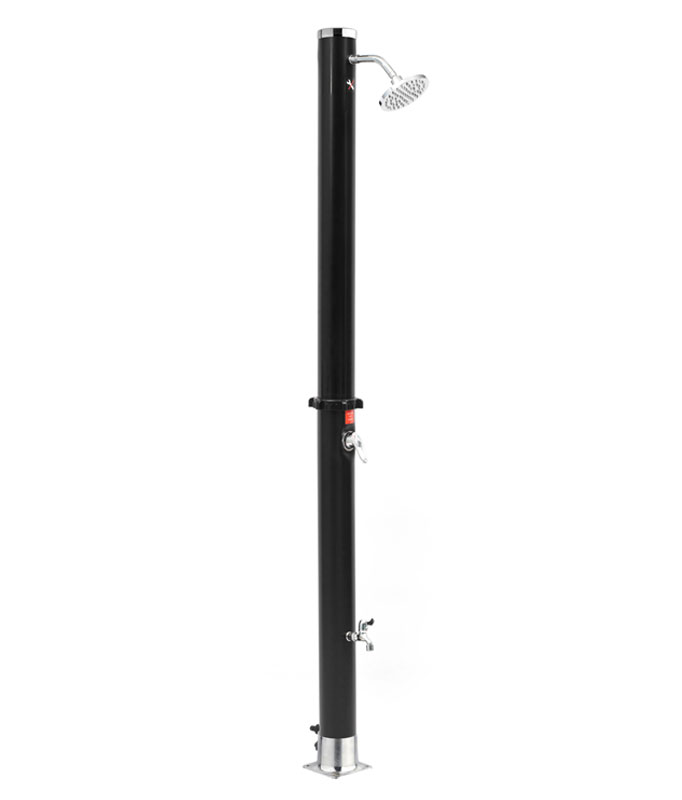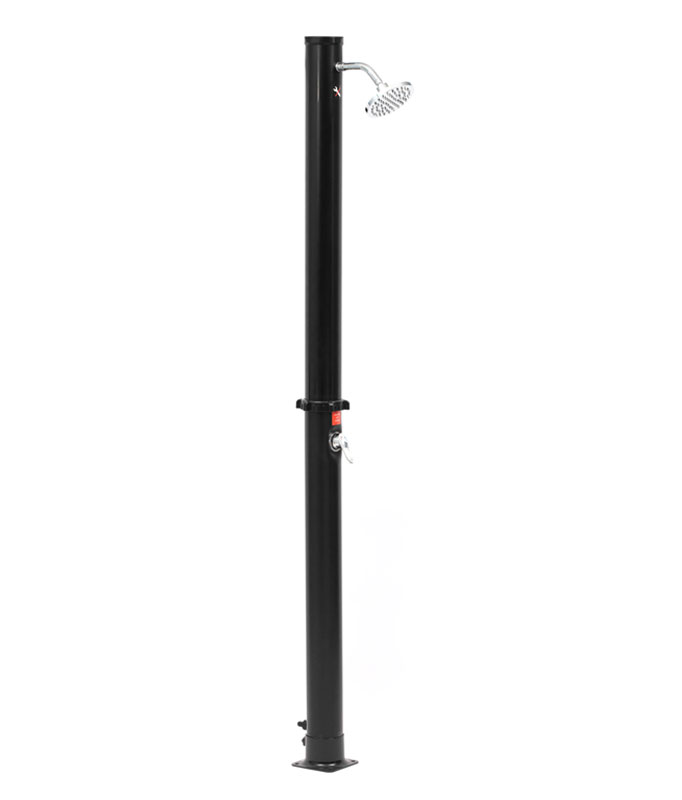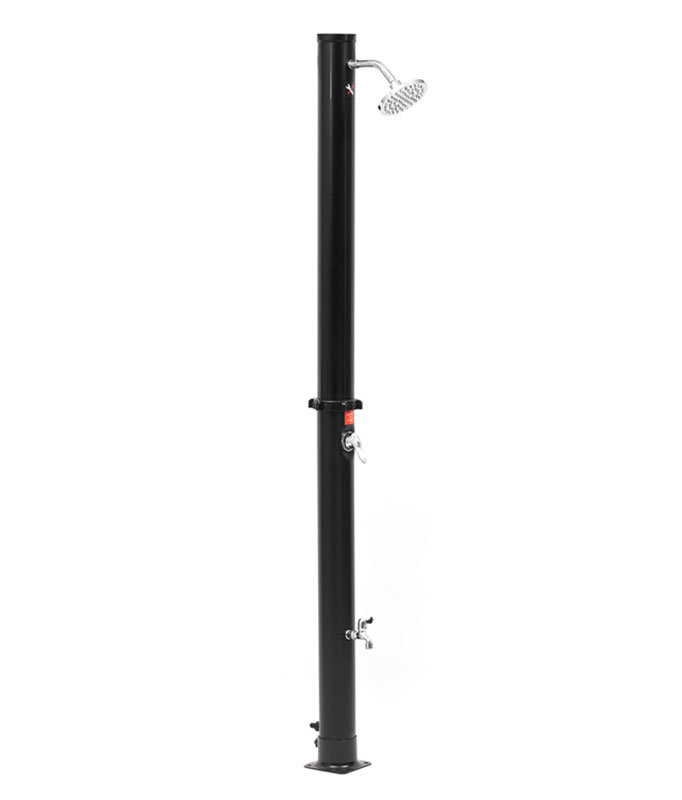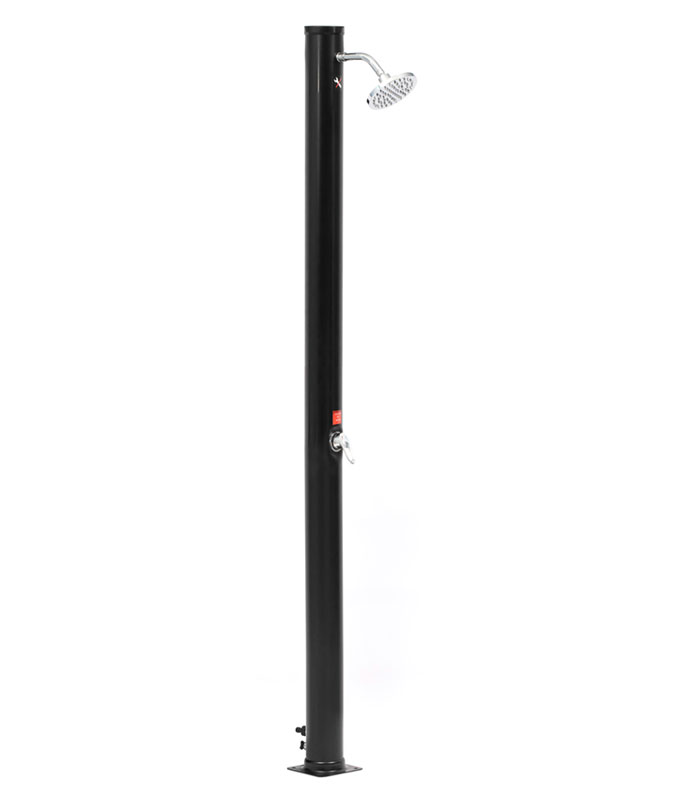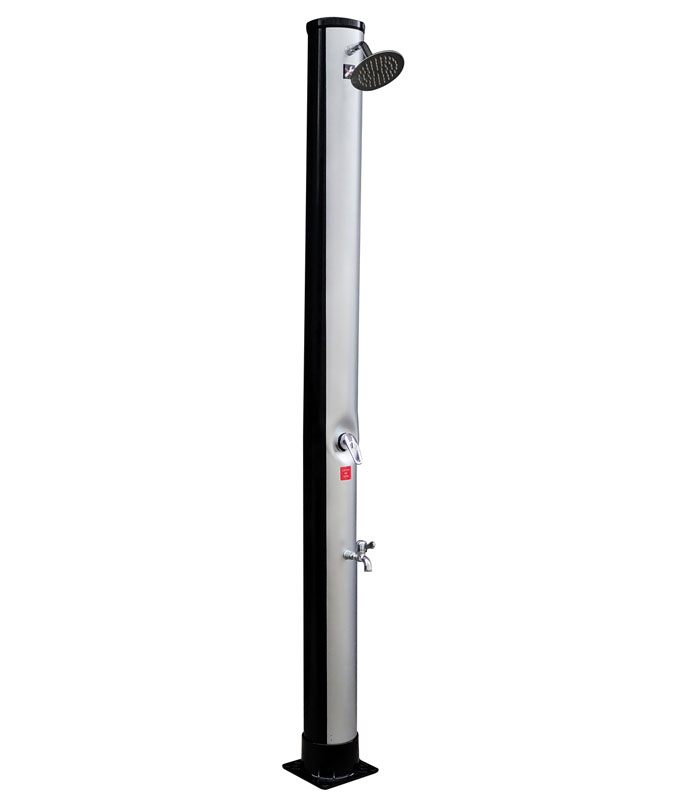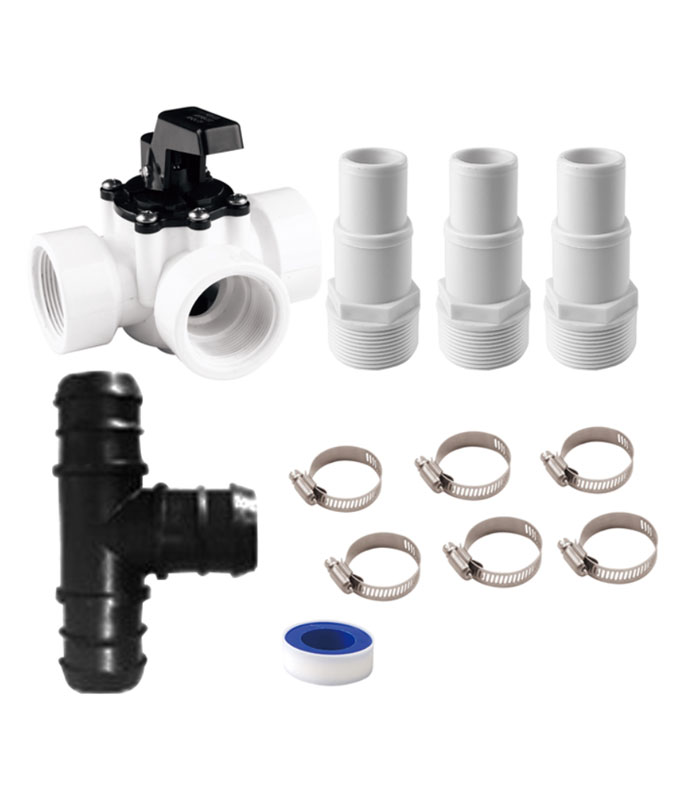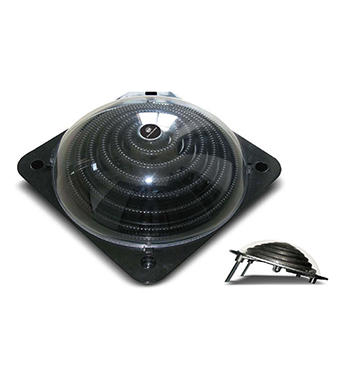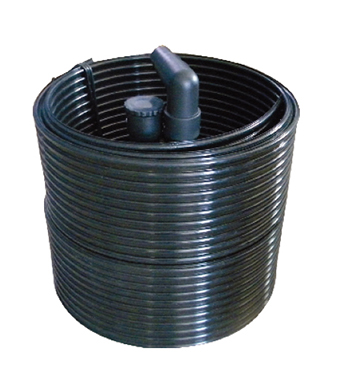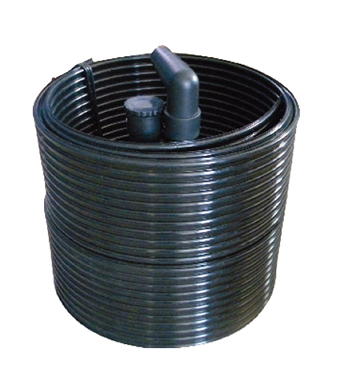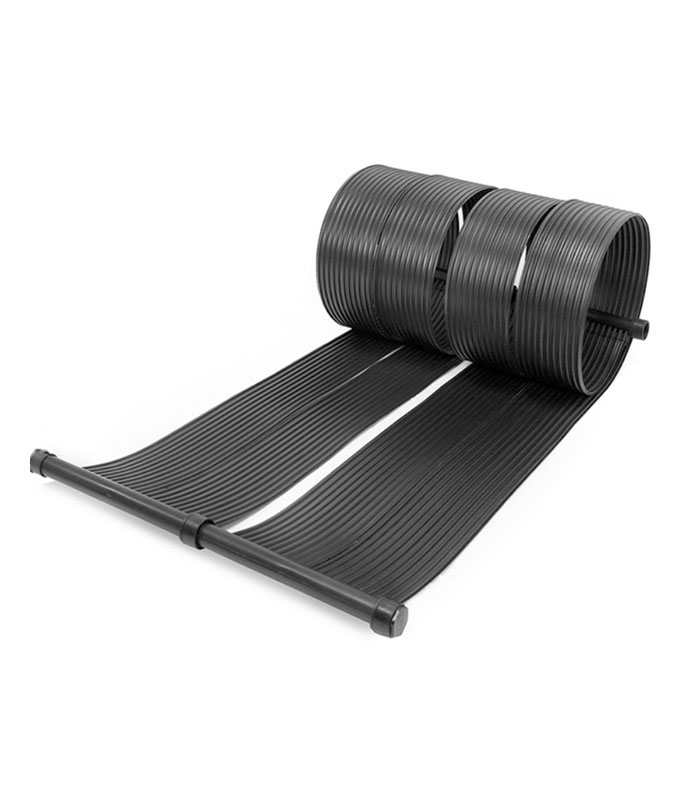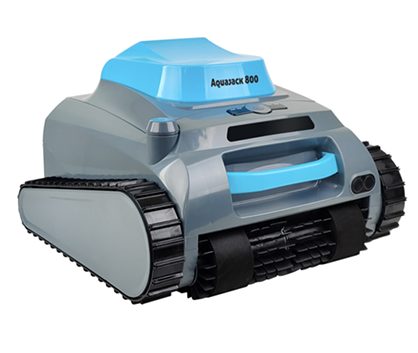
Imagine cutting your labor overtime costs in half. Sounds great, right? Cleaning robots make this possible by automating repetitive tasks. They work tirelessly, ensuring spotless results without extra pay. You’ll save money while boosting efficiency. Curious about how this works? Check out how can cleaning robots reduce labor overtime by 50% and explore solutions like the AquaJack 650 here .
Key Takeaways
- Cleaning robots save money by doing repeated tasks automatically. This lets your team work on more important jobs.
- Buying cleaning robots helps save money over time on pay and training. They are a smart choice for businesses.
- Using cleaning robots makes workplaces safer by lowering injury risks. This creates a better place for workers.
Benefits of Cleaning Robots
Reducing Overtime Costs
Cleaning robots work tirelessly, so you don’t have to worry about paying for extra hours. They handle repetitive tasks like floor scrubbing or vacuuming, freeing up your team to focus on other priorities. This means fewer overtime hours and lower labor costs. Imagine how much you could save by cutting overtime expenses in half. That’s the power of automation.
Tip: Start small by automating one cleaning task. You’ll see the savings add up quickly.
Improving Cleaning Efficiency and Productivity
Robots don’t take breaks or slow down. They clean consistently and thoroughly, ensuring every corner gets attention. This boosts productivity and keeps your space spotless. You’ll notice fewer complaints about missed spots or delays. Plus, cleaning robots can work during off-hours, so your business stays clean without disrupting operations.
Lowering Long-Term Labor Expenses
Investing in cleaning robots might seem pricey upfront, but it pays off over time. You’ll spend less on wages, overtime, and training for manual cleaning tasks. Robots also last for years with proper maintenance, making them a cost-effective solution.
|
Expense Type |
Manual Cleaning |
Cleaning Robots |
|
Overtime Costs |
High |
Low |
|
Training Costs |
Frequent |
Minimal |
|
Maintenance Costs |
Moderate |
Moderate |
|
|
|
|
Enhancing Workplace Safety and Reducing Liability
Cleaning robots reduce the risk of workplace injuries. They handle tasks like mopping wet floors, which can be hazardous for employees. Fewer injuries mean fewer liability claims and a safer environment for everyone. You’ll also avoid disruptions caused by accidents, keeping your operations running smoothly.
Note: A safer workplace boosts employee morale and reduces turnover.
Key Tips for Implementation
Assess Your Cleaning Needs and Goals
Before diving into automation, take a step back and evaluate your cleaning requirements. What areas need the most attention? Are there specific tasks that take up too much time or require overtime? By identifying your goals, you can prioritize which tasks to automate first. For example, if floor cleaning is a major pain point, a robotic floor scrubber might be your best bet.
Tip: Create a checklist of cleaning tasks and rank them by time and effort. This will help you focus on areas where robots can make the biggest impact.
Choose the Right Cleaning Robots for Your Business
Not all cleaning robots are created equal. Some are designed for large spaces, while others excel in smaller, more confined areas. Think about your business environment. Do you need a robot for vacuuming carpets, scrubbing floors, or both? Research different models and compare features like battery life, cleaning capacity, and ease of use.
Train Your Staff to Work Alongside Robots
Introducing robots doesn’t mean replacing your team. Instead, it’s about collaboration. Train your staff to operate and monitor the robots effectively. Show them how these machines can make their jobs easier by handling repetitive tasks. This will reduce resistance to change and create a more harmonious work environment.
Monitor Performance and Optimize Usage
Once your cleaning robots are in action, keep an eye on their performance. Are they meeting your expectations? Regularly review their efficiency and make adjustments as needed. For instance, you might need to tweak their schedules or settings to maximize their output.
Note: Monitoring performance ensures you get the most value from your investment.
Overcoming Challenges
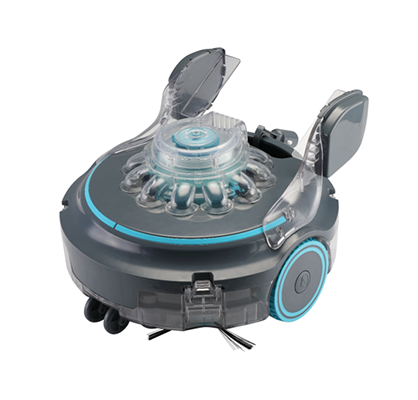
Addressing Upfront Costs with ROI Analysis
Investing in cleaning robots might feel like a big expense at first. But have you thought about the long-term savings? By conducting a return on investment (ROI) analysis, you can see how quickly these robots pay for themselves. Calculate the costs you’ll save on overtime, training, and even cleaning supplies. Compare that to the initial price of the robots.
Tip: Use an ROI calculator or consult with a vendor to estimate your savings. You’ll likely find that the upfront cost is worth it.
Managing Maintenance and Repairs
Like any equipment, cleaning robots need regular maintenance. But don’t worry—it’s not as complicated as it sounds. Most robots come with user-friendly guides and support services. Schedule routine checkups to keep them running smoothly. Address small issues early to avoid costly repairs later.
- Proactive Steps to Take:
- Clean the robot’s sensors and brushes regularly.
- Replace worn-out parts as needed.
- Keep software updated for optimal performance.
Ensuring Compatibility with Existing Operations
You might wonder if cleaning robots will fit into your current workflow. The good news? Most robots are designed to integrate seamlessly. Choose models that match your cleaning needs and space requirements. Test them in a small area first to ensure they work well with your team’s schedule and tasks.
Note: Look for robots with customizable settings. This makes it easier to adapt them to your unique operations.
Overcoming Resistance to Change Among Staff
Change can be tough, especially when it involves new technology. Your team might worry about job security or feel unsure about using robots. Address these concerns early. Explain how robots will make their jobs easier, not replace them. Offer hands-on training to build confidence.
- Ways to Encourage Acceptance:
- Highlight the benefits, like reduced workload and safer conditions.
- Involve staff in the decision-making process.
- Celebrate small wins as they adapt to the new system.
Remember: A supportive approach goes a long way in easing the transition.
Real-Life Examples
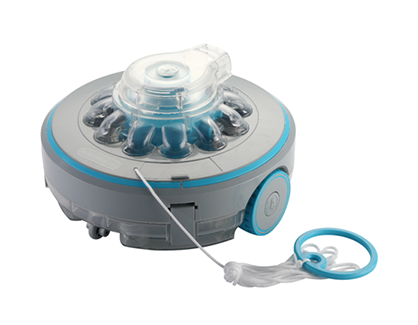
Case Study: A Retail Chain Reducing Overtime Costs
Imagine managing a retail chain with multiple locations. Cleaning large stores after hours can lead to hefty overtime bills. One retail chain tackled this by introducing robotic floor scrubbers. These machines worked overnight, cleaning floors without supervision. The result? A 40% drop in overtime costs within the first three months.
You can achieve similar results by automating repetitive tasks. Robots don’t need breaks or overtime pay. They handle the workload efficiently, leaving your team free to focus on customer service during business hours.
Tip: Start with one or two robots in high-traffic areas. Track the savings and expand as needed.
Example: A Hotel Improving Cleaning Efficiency
Hotels face constant pressure to maintain spotless rooms and common areas. One hotel chain adopted robotic vacuum cleaners for their hallways and lobbies. These robots worked quietly during the night, ensuring clean spaces by morning.
The staff loved it. They could focus on detailed room cleaning while the robots handled the larger areas. Guests noticed the difference too. Cleaner spaces led to higher satisfaction scores and glowing reviews.
Note: Robots can work during off-hours, minimizing disruptions for guests and staff.
Insights from a Manufacturing Facility Using Robots
Manufacturing facilities often deal with dust and debris. One facility introduced cleaning robots to maintain a safe and clean environment. The robots operated during production breaks, reducing downtime and keeping the workspace hazard-free.
The facility saw fewer workplace accidents and improved employee morale. Workers appreciated the cleaner environment and felt safer on the job.
Remember: A clean workspace isn’t just about aesthetics. It’s about safety and productivity too.
Cleaning robots are a game-changer for reducing labor costs. They cut overtime, improve efficiency, and create safer workplaces. By implementing them thoughtfully, you’ll maximize savings and overcome challenges like upfront costs or staff resistance. Why wait? Explore how can cleaning robots reduce labor overtime by 50% today and see how automation can transform your business.
FAQ
What types of cleaning tasks can robots handle?
Cleaning robots can handle tasks like vacuuming, mopping, and scrubbing floors. Some advanced models even clean windows or sanitize surfaces.
Tip: Choose a robot based on your specific cleaning needs.
Are cleaning robots difficult to maintain?
Not at all! Most robots require simple upkeep like cleaning brushes, emptying dustbins, and updating software.
- Quick Maintenance Tips:
- Clean sensors weekly.
- Replace worn parts promptly.
Will cleaning robots replace human workers?
No, they won’t. Robots handle repetitive tasks, letting your team focus on more important work. They’re tools to assist, not replace.
Note: Training your staff to work with robots ensures smooth collaboration.

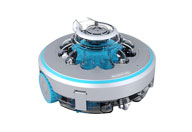 Robotic Pool Cleaner
Robotic Pool Cleaner 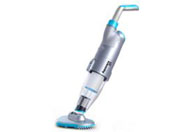 Portable Pool Vacuum Cleaner
Portable Pool Vacuum Cleaner 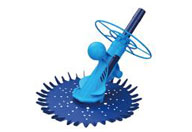 Automatic Pool Cleaner
Automatic Pool Cleaner 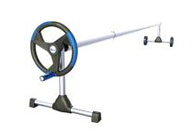 Pool Cover Reel
Pool Cover Reel 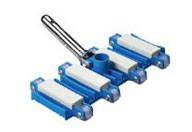 Pool Cleaning Accessories
Pool Cleaning Accessories 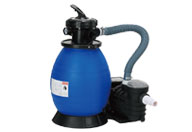 Pool Filter Pump
Pool Filter Pump 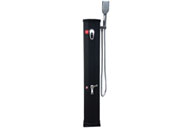 Pool Solar Shower
Pool Solar Shower 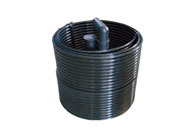 Pool Solar Collector
Pool Solar Collector 

